
The 5 Best DIY External TPMS Systems to Install in 2025
Did you know that driving with improper tire pressure can increase the likelihood of a blowout by up to 20% and raise fuel consumption? An external TPMS system eliminates the guesswork, alerting you before it's too late.
After comparing more than 20 models, I selected my five favorites, which stand out for their precision, ease of assembly, and value for money. Below, I delve into what truly matters about each one.
If you still don't know what a TPMS is or how it works, I recommend you read our first Complete TPMS Guide 2025 before choosing your external kit.
The 5 Best External TPMS According to My Criteria
Jansite TPMS 22‑87 PSI (Best value for money)
Qualities:
2.4” LCD display mounted on the windshield; 0.55W solar charging + micro‑USB.
4 IP67 sensors, CR1632 batteries (18‑24 months).
6 alarms (high/low pressure, fast/slow leak, high temperature, low battery).
My experience:
After a month of use, it seems very fine-tuned: it reads ±1 PSI compared to my professional pressure gauge. The solar panel holds up even on cloudy days, so I haven't had to plug it in yet.
Extra details in favor
Automatic sleep mode after 5 minutes of stopping.
Self-adjusting brightness: no dazzling at night.
FOBO Bike 2 (Best for bikes)
Qualities
7.6g sensors that send data via Bluetooth 5.0 to the phone; no separate display.
App with history, widgets, and the ability to share data with family members.
Replaceable CR1632 batteries (average 9‑10 months).
Opinion
Ideal if you're looking for a TPMS for your bike. Also very easy to monitor with the app.
Extra details in favor
Allows up to 2 linked owners.
Calibrates in kPa, bar or PSI and supports custom ranges.
Tymate TM8 0–87 PSI (Compact and easy to use)
Qualities:
1.9” LCD display that attaches to the windshield with an adhesive base; solar powered + micro‑USB.
4 IP67 external sensors with replaceable CR1632 battery (up to 2 years battery life).
5 built-in alarms: high/low pressure, rapid leak, high temperature, and low battery.
My experience:
I installed it in a city car and it was super easy. The reading is constant, even on short trips, and the solar panel works well without having to plug in the cable. I liked that it's small and doesn't obstruct my view while driving.
Extra details in favor
Auto-adjusting brightness: adapts well both day and night.
Intelligent rest system after stopping the car.
TireMinder i10 RV TPMS (Best for RVs and campers)
Qualities
Base kit with 4 transmitters expandable to 20; compatible with tires up to 188 PSI.
3.5” color display that automatically switches between axes.
Signal repeater included (key in long vehicles).
My experience
I use it in the family RV and it never fails: it picks up sensors at 12 m without interruptions. The learning curve is steeper, but the peace of mind on the highway makes up for it.
Extra details in favor
Configuration by profiles: caravan + car without having to reprogram.
Lateral difference warning (useful for detecting overload on one side).
AKTV8 PressureTech™ TPMS 0–188 PSI (The most robust for high pressure)
Qualities:
High-visibility LCD display with real-time reading of pressure and temperature per wheel.
4 external waterproof sensors (IP67), valid for up to 13 bars of pressure (188 PSI).
6 types of alarm: high/low pressure, high temperature, fast/slow leaks, and low battery.
My experience:
I tested it in a camper van with high-pressure tires and was amazed at how accurate it is, even at over 100 PSI. The sensors sync in seconds, and the monitor responds without delay. It also doesn't lose signal on long trips.
Extra details in favor
Dual charging: solar panel + USB Type C.
Automatic power saving mode after 10 minutes of inactivity.
Comparative table of the best external TPMS
| Ranking | Model | Category | Pressure range | Alarm modes | Feeding | Sensor autonomy | Punctuation |
|---|---|---|---|---|---|---|---|
| 1 | Jansite | Quality-price | 22‑87 PSI | 6 | Solar/USB | 18‑24 m | 9/10 |
| 2 | FOBO Lite | Mobile integration | 0‑87 PSI | Config. | Stack | 9‑10 m | 8,8/10 |
| 3 | KAOLALI | Cheaper | Up to 10 bar | 5 | Solar/USB | 12‑18 m | 8,2/10 |
| 4 | TireMinder i10 | RV & Caravans | Up to 188 PSI | 6 | Battery + repeater | 12 m | 9,1/10 |
| 5 | Geloo | Versatility | 0‑5 bar | 5 | Solar/USB | 18 m | 8,6/10 |
Frequently Asked Questions (FAQ)
Are they easy to install?
They all use valve sensors and take 10 minutes or less; FOBO only requires screwing on and pairing via Bluetooth.
Can sensors be stolen?
All five include an anti-theft key; on FOBO, the app alerts you if it's removed.
How do you replace batteries?
Simply unscrew the sensor; Jansite and Geloo include replacement seals.
Should I reset when rotating tires?
Yes: just change the position of each sensor on the screen or app, a 1-2 minute process.
Conclusion
All these kits increase your safety and prevent surprises at the MOT. Choose Jansite for global balance, FOBO if you live in the app, KAOLALI if you are short on budget, TireMinder i10 if you carry a house on your back and Geloo If you're looking for a wide range and a generous screen, roll with the perfect tire pressure!
Share:
Table of contents
More entries
Send a message

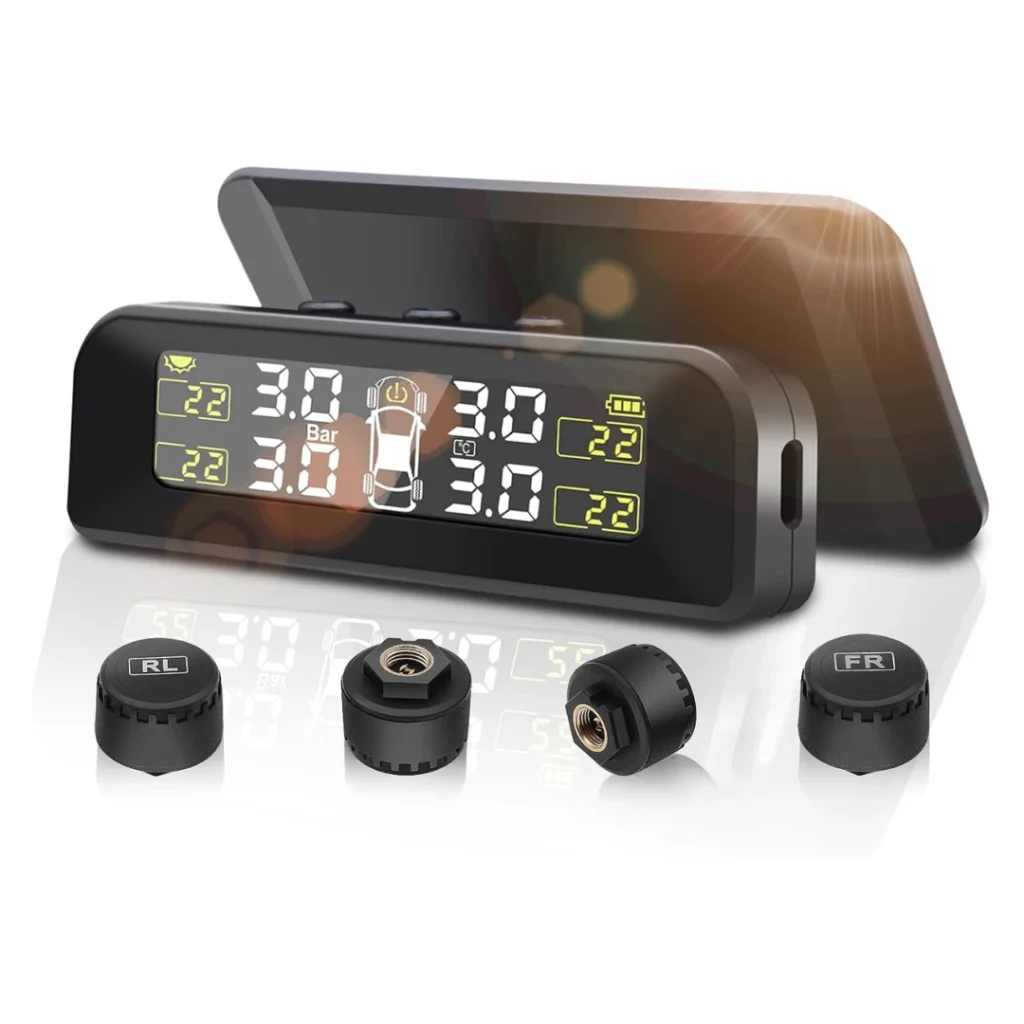

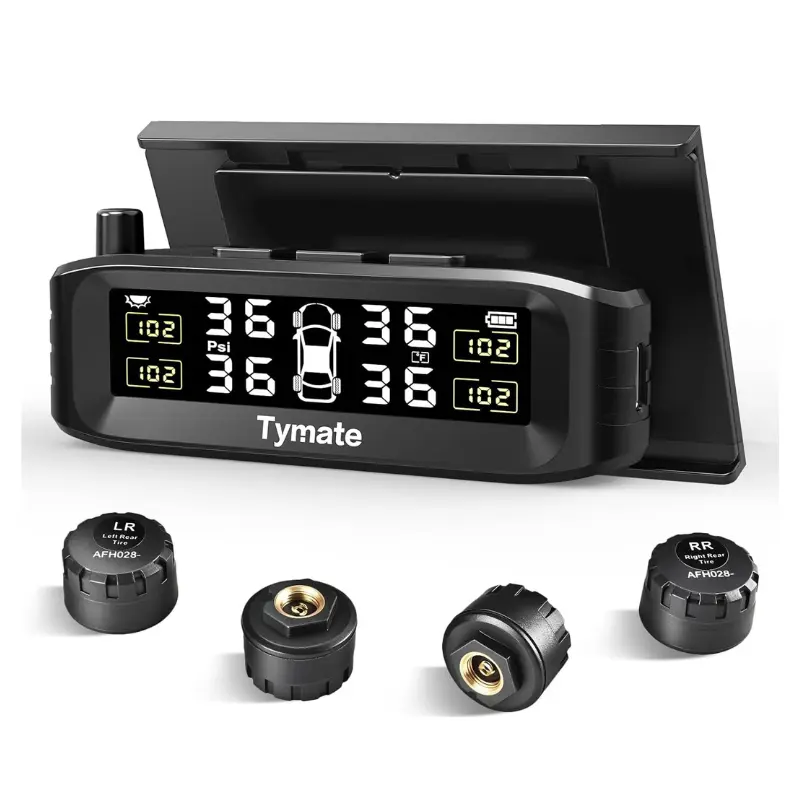
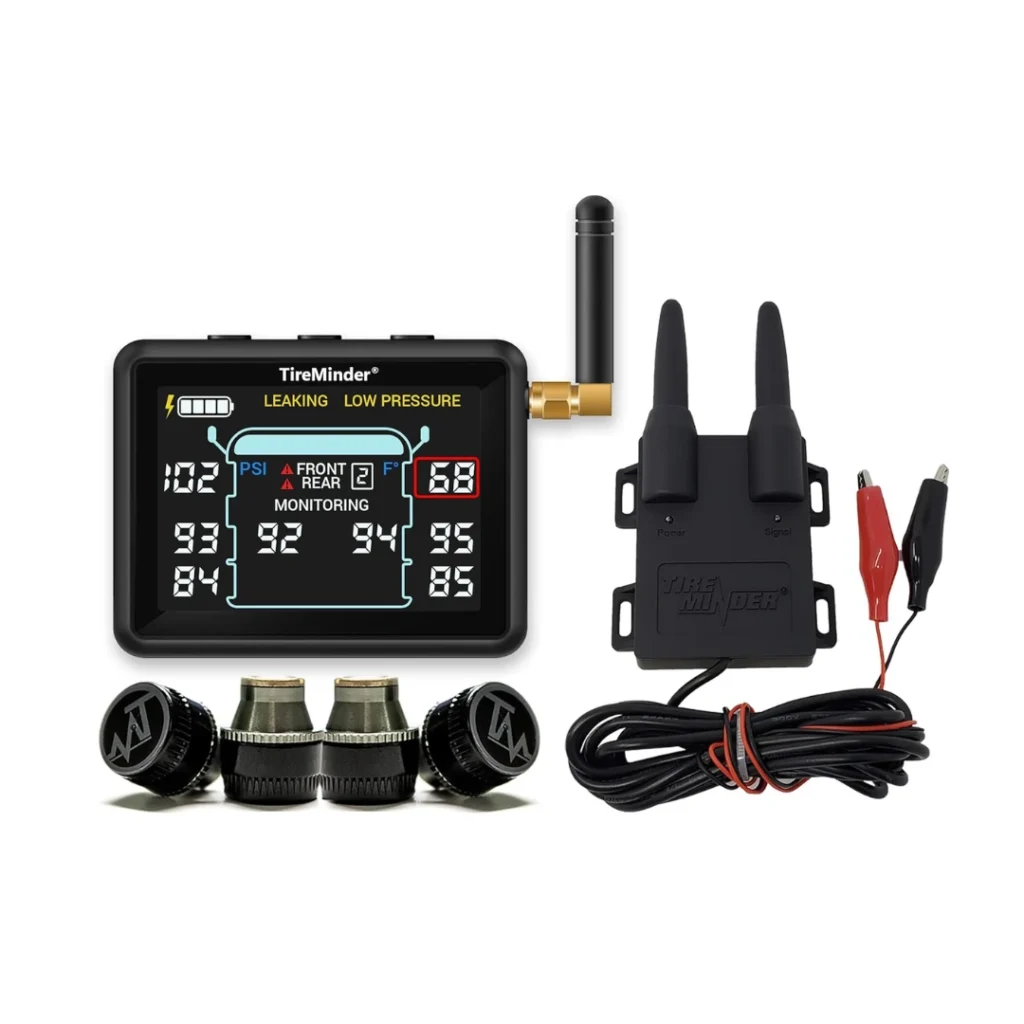
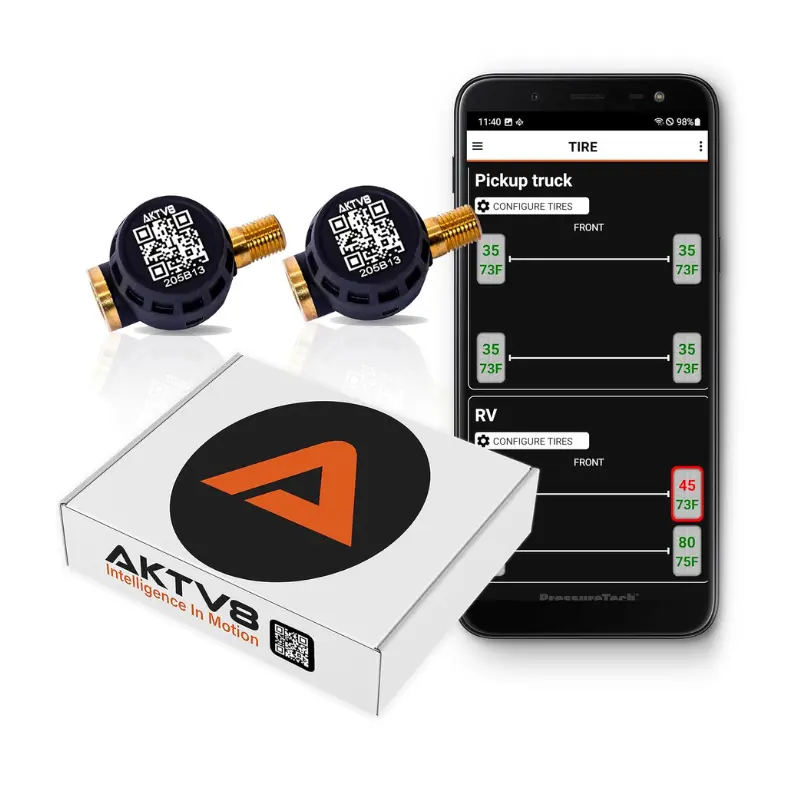
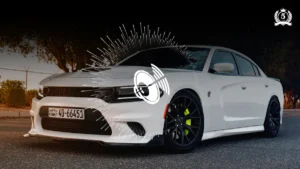


One Response